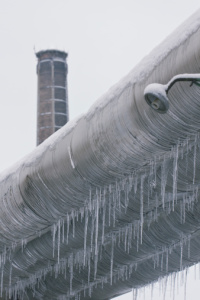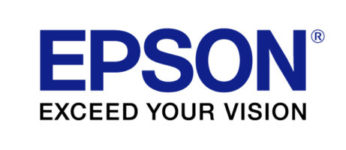Labeling for cold environments call for a special type of labels. While most labels fall off the surface when exposed to extremely cold temperatures, freezer labels do not. To meet this specification, they are generally more expensive than other types of labels.
Uses
Freezer/cold temperature labels are used for specific purposes in specific conditions. Freezer labels are commonly used for cold storage and distribution, industrial kitchen labeling, blast freezing environments, cryogenic laboratories, restaurants’ cold storage, frozen food packaging and perishables.
Freezer labels can also be utilized in industries that have sub-zero environmental circumstances such as Canadian pipe yards in the winter.
Pipeline Labels and the Harsh Canadian Winter Weather
Energy pipelines require steel pipes for flow of oil products to refineries and upgraders. These metal pipes have important information such as heat numbers, OD, thickness, and job numbers that need to be identified during manufacturing and logistics. Outside surface temperatures of pipes can become extremely low during the cold season. In areas like Canada where winters are harsh, freezer labels are used for pipeline labels. Conventional labels would fall off the pipes following cycles of repeated freezing and defrosting.
Printing
Different kinds of printers are used depending on the material of the freezer label. In industrial settings, thermal transfer printing is typical. Digital, screen, and flexographic printing can also be used. Commonly used thermal transfer label printer brands are TSC, Brady, Zebra, Sato, Datamax, and DuraLabel. Common printers are TSC TTP-247, Brady IP 300, Brady BBP33, Brady BBP31, Zebra Z series, DuraLabel Pro and DuraLabel Toro.
Application Method
The application method of freezer labels is a little different than the application of conventional labels. Procedure and care is required to ensure that the labels stick to the surface. Be aware of the lowest application temperature that the label manufacturer specifies. The surface must be dry and the wiping off of any frost is crucial. Many label materials are pressure sensitive and using a squeegee is recommended.
When ordering, identify that the labels are for outdoor pipes and the environmental conditions in which they will be applied. Labels provided with all-temperature adhesive can be applied at in-door temperature and then exposed to freezing temperatures later on. Pipes that are frozen or will be exposed to freezing temperatures immediately after labeling will require labels with a freezer grade adhesive.
Browse the industries we cater to and the brands we carry here, or contact us.








 Help Desk Service – Contact us Between the Hours of 7:30 – 4:00 (MST)
Help Desk Service – Contact us Between the Hours of 7:30 – 4:00 (MST)